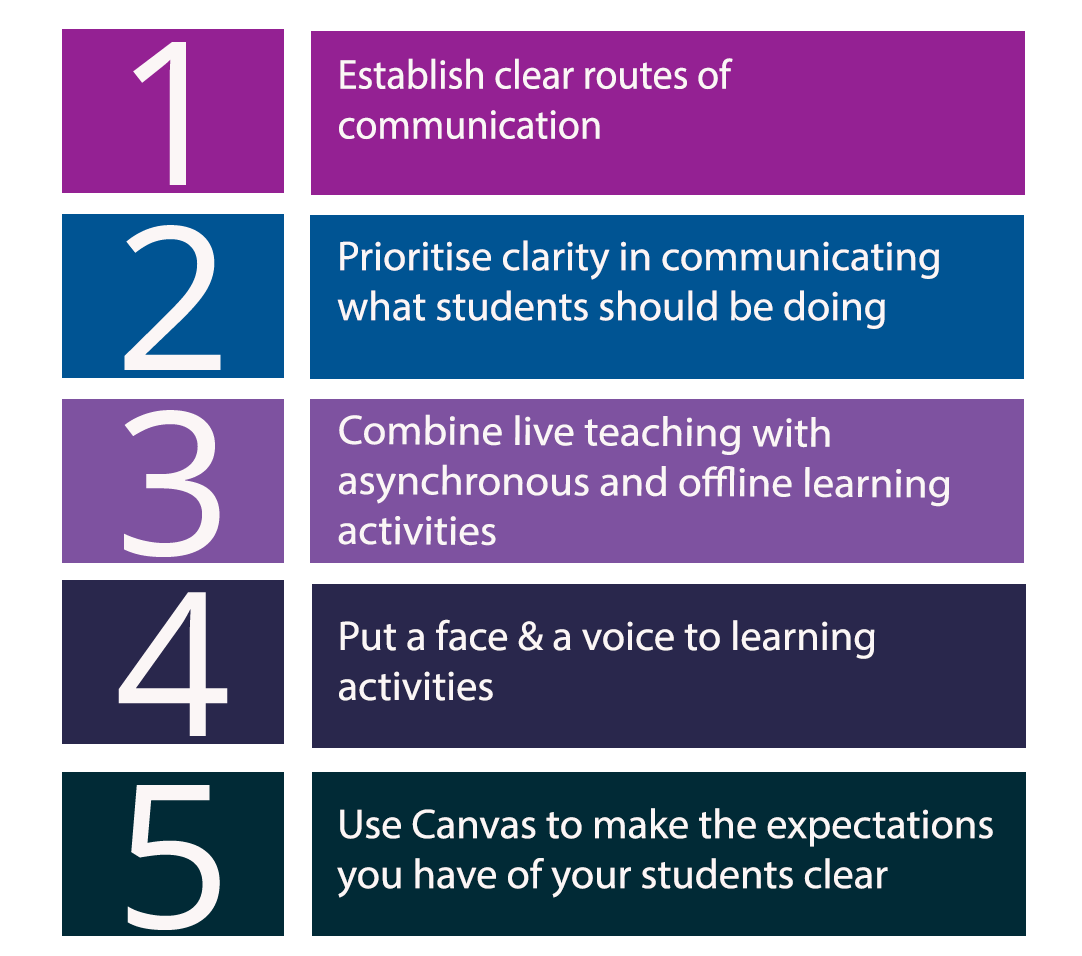I'm Preparing A Lecture On How To Engage Students In
In order to create a captivating classroom and engage students, educators can use strategies such as gamification, humor, and introductory hooks to start lessons. Additional methods for engaging students include question-and-answer sessions, discussions, interactive lectures, quick writing assignments, and experiential learning. It is also important for educators to employ tactics like mind warm-ups, movement, teaching collaboration skills, and using technology as a tool. To promote intellectual engagement, educators should encourage curiosity and meaningful explorations, as well as foster creativity through team-building exercises and open-ended problems. Additionally, using games and incorporating clear learning goals, convenient learning options, creative course content, and rewards, can also help motivate and engage learners.
To engage students in learning, there are numerous effective methods that can be employed. Some of these include:
-
Gamification: Introducing elements of games, such as challenges, rewards, and competition, to make learning more engaging and enjoyable for students.
-
Humor: Using humor and lightheartedness in teaching can create a positive and engaging classroom atmosphere.
-
Introductory Hooks: As a way to spark interest and engagement, starting lessons with thought-provoking questions, intriguing facts, or captivating stories can be very effective.
-
Question-and-Answer Sessions: Encouraging active participation from students by asking questions and sparking discussions.
-
Discussions: Providing opportunities for students to share their thoughts, ask questions, and engage in meaningful conversations about the subject matter.
-
Interactive Lectures: Including activities that require students' active participation during lectures, such as small group discussions or brief exercises.
-
Quick Writing Assignments: Brief writing tasks that allow students to express their thoughts and ideas can promote engagement.
-
Experiential Learning: Incorporating hands-on experiences and real-world applications to make learning more practical and engaging.
-
Mind Warm-Ups: Beginning lessons with short activities to help students transition into a learning mindset and focus.
-
Movement: Integrating movement and physical activity into the learning process to help students stay engaged and energized.
-
Technology Integration: Using technology as a tool to enhance learning experiences, such as interactive presentations, educational apps, or online resources.
-
Encouraging Curiosity: Fostering a sense of curiosity and encouraging students to ask questions and explore topics in depth.
-
Creativity Promotion: Incorporating team-building exercises and open-ended problems to stimulate creativity and critical thinking.
-
Games and Learning Goals: Using games to teach and incorporating clear learning objectives to give students a sense of purpose and direction.
-
Convenient Learning Options: Offering various learning modalities, such as visual aids, auditory explanations, and hands-on activities, to accommodate different learning styles.
-
Creative Course Content: Presenting course content in creative and engaging ways, such as through multimedia, real-world examples, or storytelling.
-
Rewards: Recognizing and rewarding students for their engagement, effort, and achievements to motivate them to participate actively in learning.
Engaging students in learning is not only about the content itself but also about creating an environment that fosters active participation, curiosity, and a sense of enjoyment in the learning process.
Sources


Related Questions
Work fast from anywhere
Stay up to date and move work forward with BrutusAI on macOS/iOS/web & android. Download the app today.
